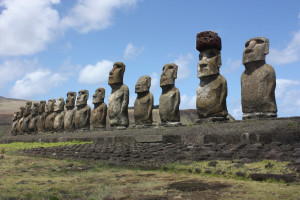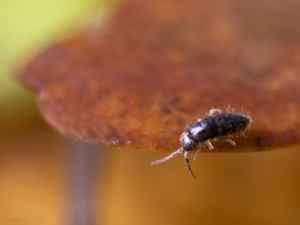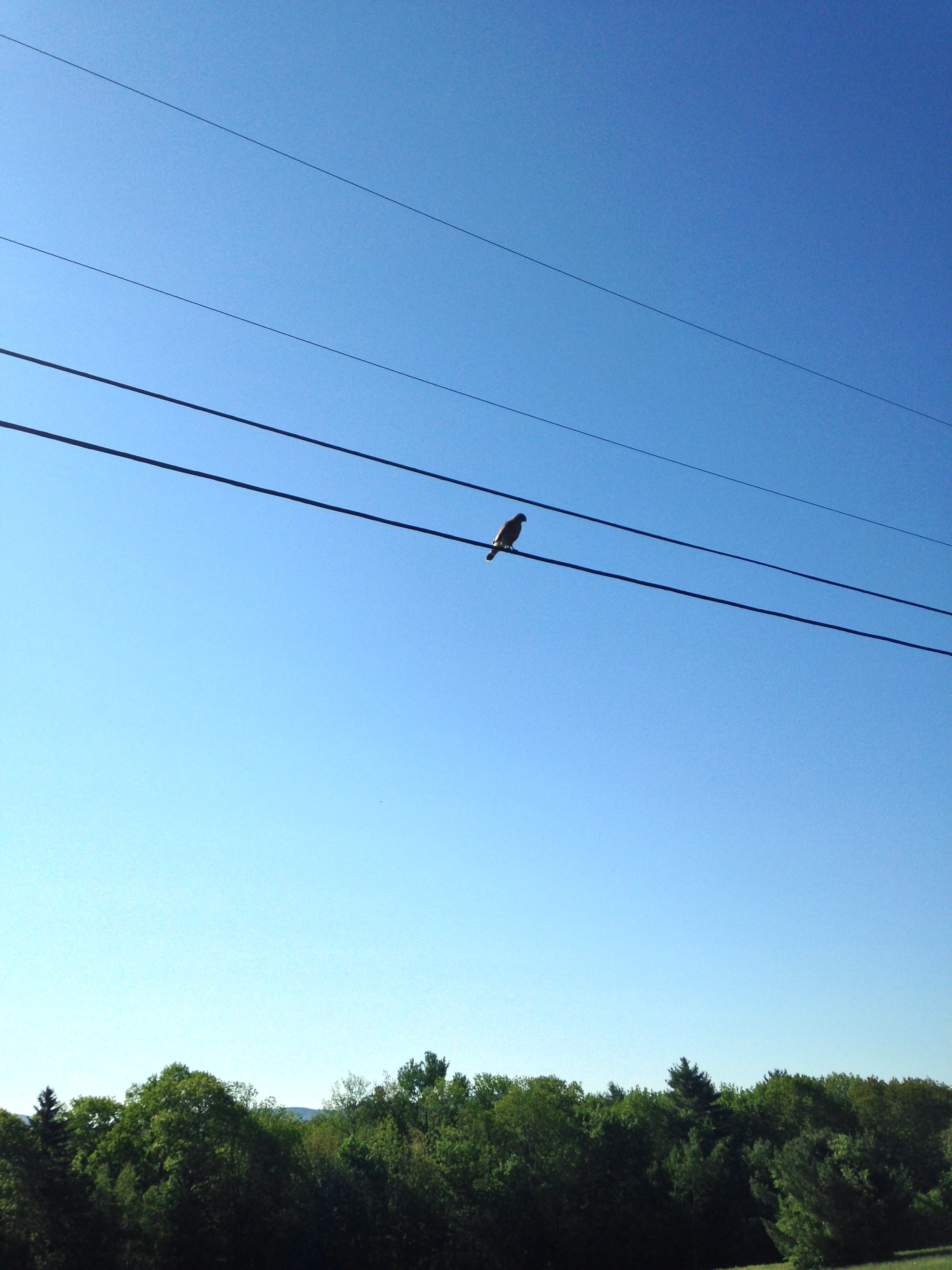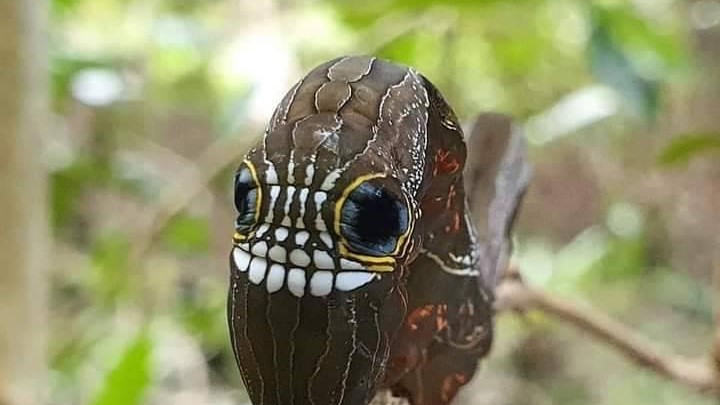You all may know about Easter, the holiday, but do you know about Easter, the Island? Easter Island is a tiny island in the Pacific, over 2,000 miles off the coast of Chile. If you are familiar with Easter Island, it is probably because of the moai, great stone statues created by the indigenous Rapa Nui people before the European settlers arrived. There are 800+ moai scattered all over the island, and they are the main reason for tourism there today.

Though the moai are pretty spectacular and mysterious, there is another reason that Easter Island has been of interest, to biologists and conservationists in particular: it’s ecological history.
Polynesian settlers arrived on Easter Island about 1000 years ago. Though the island was never particularly rich in resources or biodiversity, humans arrived and cut down the forests. The island’s ecosystem collapsed. By the time the Europeans arrived in the 1800’s, most of the forest and the indigenous society were gone. Europeans remained on the island, raising sheep that grazed on the vegetation, preventing the regeneration of the forests. Aside from the sheep, accidentally introduced rats further degraded the native biodiversity. Easter Island is now all grassland, and it is likely that many unique endemic species (including insects) are now extinct due to habitat loss.
Caves, however, are more protected from anthropogenic influences (that is, influences originating from human activity). This subterranean world may be one of the last oases of endemic biodiversity. In 2015, a team of American entomologists described five new endemic, cave-dwelling springtails from Easter Island.
The springtails belong to the order Collembola and are an ancient group of arthropods, distantly related to other insects. Though they are tiny, most of them smaller than 1 millimeter or 0.04 of an inch, and they are some of the most abundant organisms on the planet. There can be over 100,000 springtails in one square meter of soil! Springtails are mainly detritivores. They feed on decaying plant matter and are very important for nutrient cycling. However a few are predatory.
Until recently, the springtails of Easter Island had never been examined. The study by Bernard et al. (2015) looked inside the caves of Easter Island and found eight species of springtails. One species is found in all over the world, another is also known from Hawaii. Five species have never been seen before.

Although the springtails are one example of the possible diversity on Easter Island, the reality is that, eventually, even the native species in these caves may become wiped out. The report by Bernard et al. also calls attention to the fragility of habitats and the need to preserve Easter Island and other islands like it around the world.
If you would like to read Bernard et al.’s (2015) paper, click here!
If you would like to know more about caves, human effects and a case study on the Easter Island caves, read Wynne et al.’s (2014) paper, here!
If you would like to know more about moai and Easter Island, click here, for some reading, and here, for a movie!




